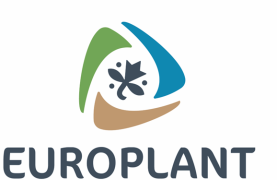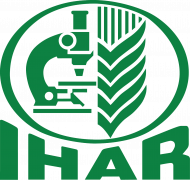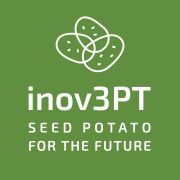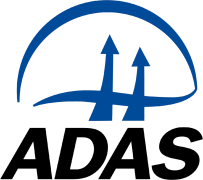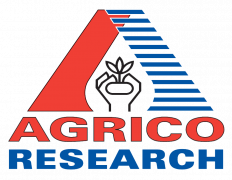Abstract
Water-deficit, as a consequence of elongated drought periods due to current climate trends, is one of the most imminent abiotic stresses limiting crop productivity worldwide. Also, the production of potato—the world’s fourth most important crop—is challenged by the effects of water-deficit. To investigate metabolic pathway activity in potato tubers subjected to water-deficit, a correlation-based network analysis combined with machine learning techniques approach was conducted on a subset of samples of a potato association panel, grown in an augmented block design under normal irrigation and water-deficit conditions in Ica, Peru. Metabolic profiles for all samples of the subset were generated using a cold injection GC-TOF-MS platform unequivocally identifying 685 metabolites. Samples were separated into positive spectrum (Spectrum [+]) and negative spectrum (Spectrum [−]) groups based on their projections on principal component 2 (PC2) using principal component analysis. Correlation networks showed a strong discrepancy of edge number between the Spectrum [+] and Spectrum [−] correlation network (143,478 vs. 185,565 edges). Correlation-based network analysis combined with machine learning techniques highlighted the activity of metabolic pathways centred around tyrosine and α-ketoglutarate suggestive for an increased activity of the rosmarinic acid biosynthesis I and II pathways in potato tubers. Our study suggests that potato tubers cope with drought stress by rewiring their metabolic network and boosting rosmarinic acid biosynthesis to counteract ROS activity and by that ensuring the onset of the next life cycle.


